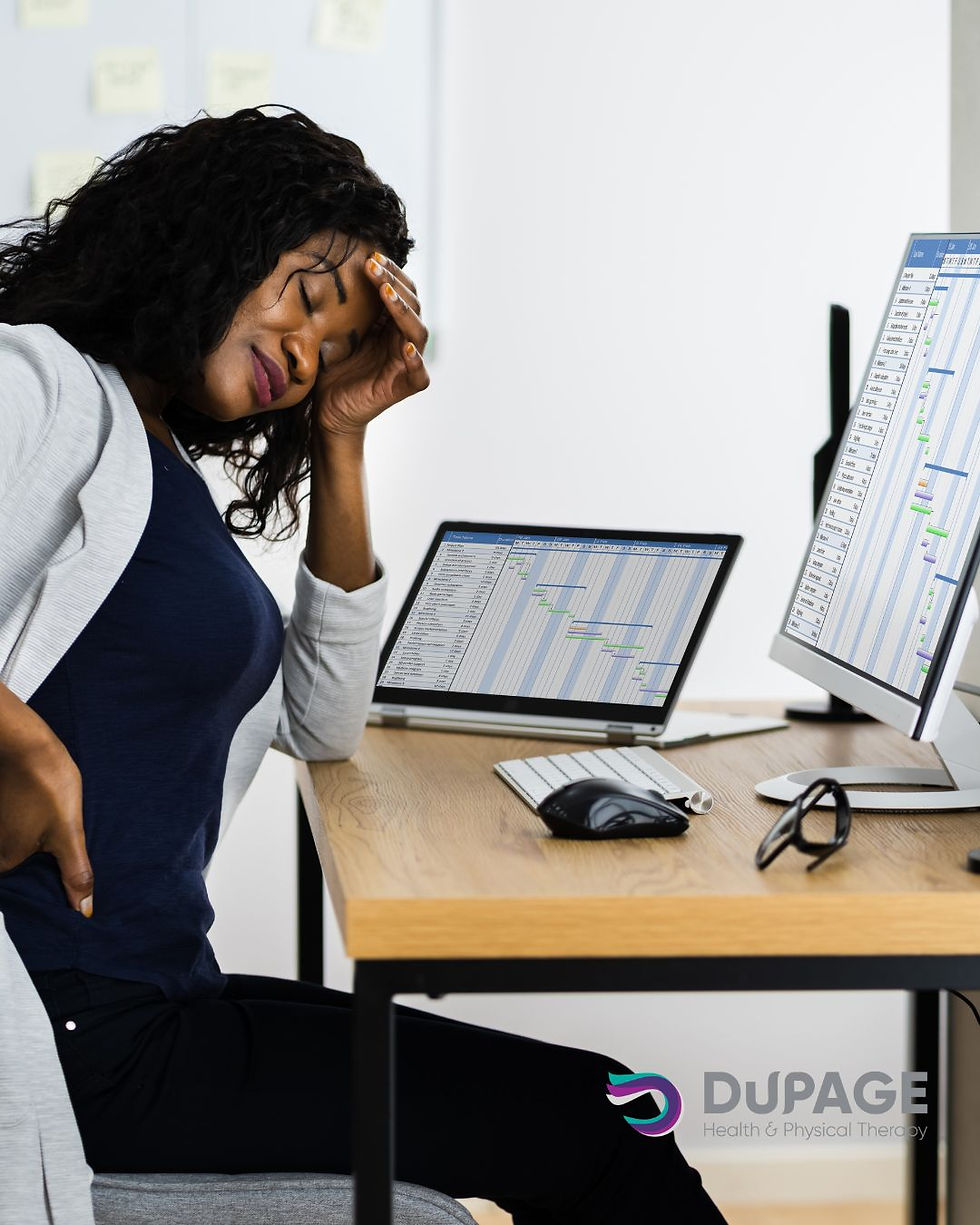Lower Back Pain After Sitting All Day? Here’s What You Should Know
- Doris Fregoso, DC
- Apr 14
- 3 min read
In today’s desk-bound world, lower back pain after prolonged sitting has become a common and often overlooked health concern. Whether you’re working from home, commuting long hours, or spending time in front of a screen, extended periods of sitting can have a significant impact on spinal health.

If you find yourself experiencing stiffness, tension, or aching in your lower back after sitting, you’re not alone—and there are effective, non-invasive solutions available. Here’s what’s really going on with your spine, and how chiropractic care can help address the root cause.
Why Sitting Contributes to Lower Back Pain
The human spine is designed for movement. When you sit for long durations—especially with poor posture or inadequate support—several biomechanical changes occur:
Muscle Imbalance: Prolonged sitting leads to shortened hip flexors and weakened gluteal and core muscles. This imbalance shifts stress onto the lower back.
Disc Compression: Sitting increases the load on the lumbar intervertebral discs, which may lead to disc degeneration or irritation over time.
Reduced Circulation: Lack of movement impairs blood flow and lymphatic drainage, contributing to muscle stiffness and inflammation.
Postural Fatigue: Slouching or leaning forward places additional strain on spinal joints and soft tissues.
Over time, these factors can lead to chronic lumbar discomfort, restricted mobility, and even nerve irritation, such as sciatica.

It’s Not Just Muscular—Your Spine and Nervous System Are Involved
While muscular tension is a factor, spinal misalignment is often a key contributor to sitting-related back pain. When the vertebrae lose their proper alignment or mobility, it can place stress on spinal nerves and surrounding tissues, disrupting the body’s natural balance and function.
This is where chiropractic care offers both immediate and long-term benefits.
How Chiropractic Can Help
Chiropractic treatment for sitting-related lower back pain is focused on restoring proper alignment, improving spinal mechanics, and reducing nerve irritation. At DuPage Health and Physical Therapy Center, care typically involves:
Targeted Spinal Adjustments: Gentle, precise manipulations that restore joint motion and relieve pressure.
Postural Assessments: Identifying how your seated posture may be contributing to structural imbalances.
Lifestyle Guidance: Recommendations for ergonomics, stretching routines, and movement breaks.
Corrective Exercises: Custom exercises to strengthen postural muscles and improve spinal stability.
Simple Strategies to Reduce Pain Between Visits
While chiropractic care addresses the root cause, there are also proactive steps you can take during your day:
Stand and move every 30–45 minutes (set a reminder if needed)
Use a lumbar support cushion or ergonomic chair
Keep screens at eye level to avoid forward head posture
Stretch your hip flexors and hamstrings daily
Engage your core when sitting or transitioning to standing
These small changes can prevent your lower back from bearing excessive strain.
Don’t Ignore the Signs—Your Body Is Asking for Support
Lower back pain after sitting is not just a sign of aging or poor fitness—it’s your body signaling that something needs attention. Ignoring it may lead to chronic issues, compensation patterns, or decreased mobility over time.
Chiropractic care offers a non-invasive, drug-free, and personalized approach to resolving these issues and restoring healthy spinal function.
Ready to Take the First Step?
If sitting is causing you pain, discomfort, or fatigue, we’re here to help. Schedule an appointment and let’s identify what’s contributing to your pain—then build a care plan that gets you back to moving comfortably and confidently.



